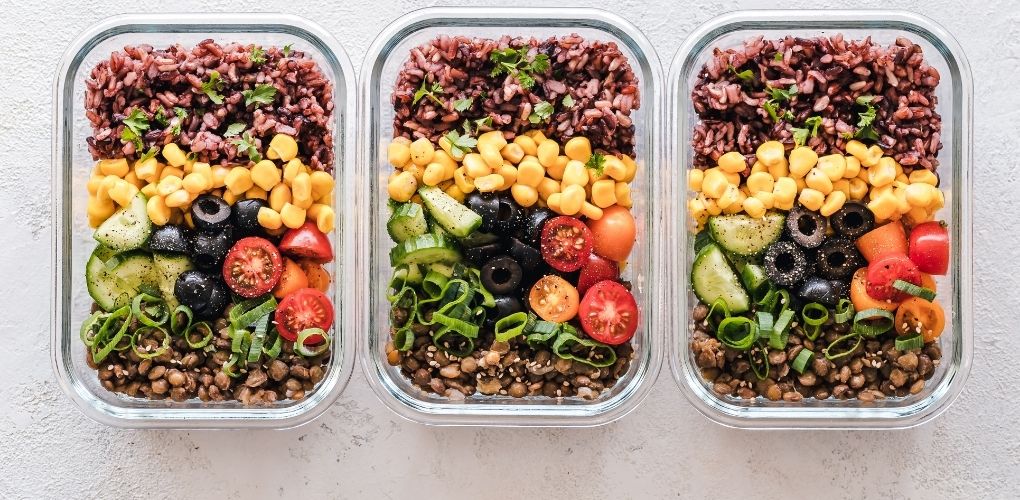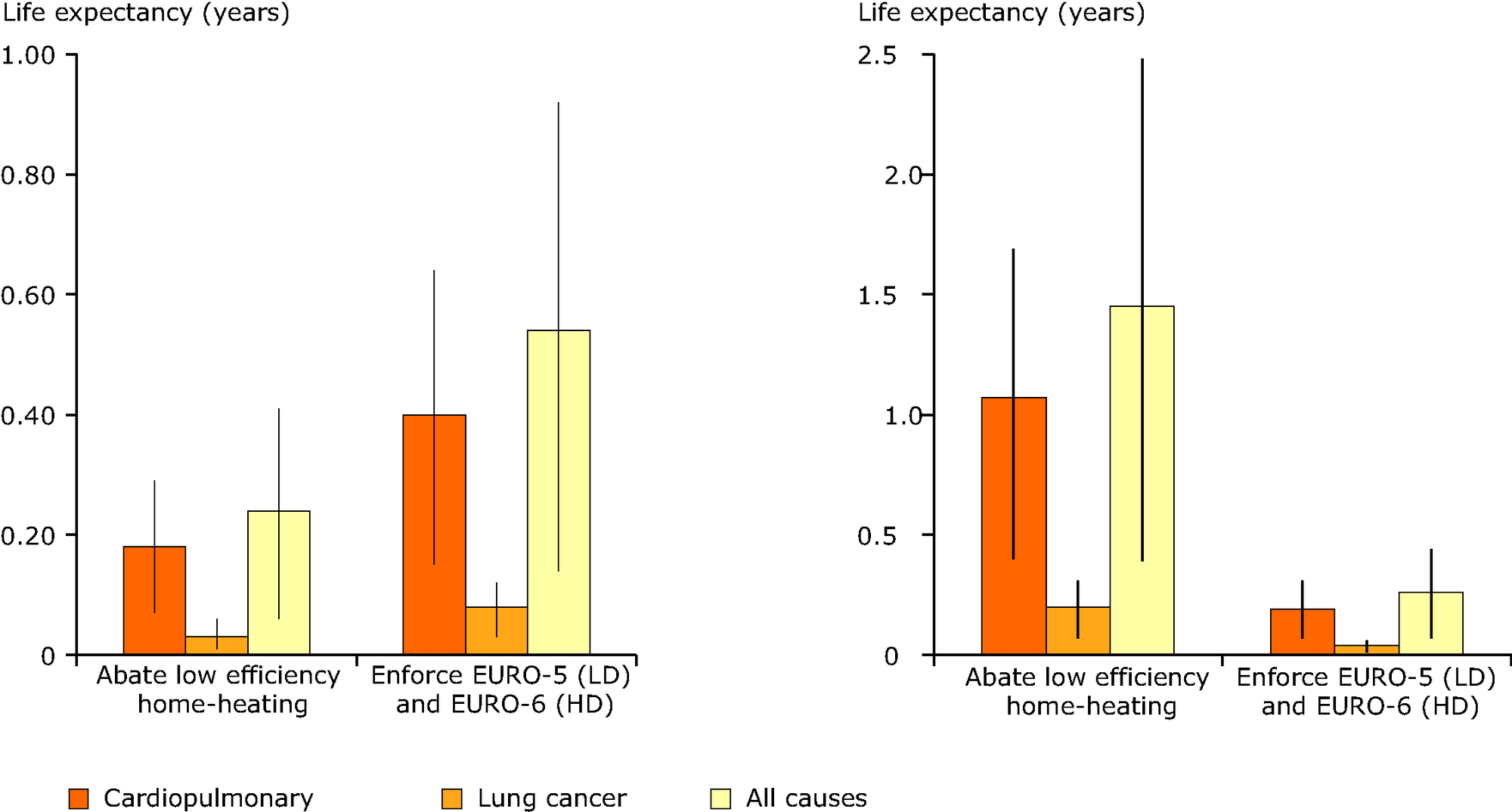
People who want weight loss but don’t know where they should start are likely to choose the DASH method. This plan encourages healthy eating throughout the day. It includes a wide variety of nutritious meals, including plenty of vegetables and different fruits. This plan also recommends swapping refined grains for whole grains and lean protein sources. Sugar and saturated oils should be avoided. Additionally, it is important to drink lots of water.
DASH diet is a way to lower blood pressure by addressing a number of factors. For example, a DASH-style pattern can reduce your risk of developing diabetes and kidney disease. Research from the Atherosclerosis Risk in Communities (ARIC) cohort showed that the protective components of the DASH diet included nuts, beans, and low-fat dairy products. High-fat dairy products and red beef significantly increased the likelihood of these diseases.

It's important that you quit smoking, even though the DASH diet is low in sodium. This habit increases the risk of heart disease. Also, you should not smoke in your workplace. As for your drinks, the DASH diet also recommends avoiding sugar-sweetened drinks. Instead, opt for water, tea, and milk. For the DASH diet to be effective, you should only make small changes over time. Your healthcare provider may be able to help you determine if the DASH diet is right for you.
People with hypertension will benefit from the DASH diet. This diet is low in sodium and high in fiber, which can lower blood pressure. These foods are essential for hypertension prevention and treatment. To live a healthy lifestyle, everyone can use DASH. DASH diet can help you lose weight and improve your energy levels. While the DASH diet may seem restrictive, it's actually quite easy to follow and offers many benefits.
The DASH diet is recommended for people with metabolic syndrome. People with high blood pressure can benefit from it. The diet can improve blood circulation and reduce the risk of heart disease. People with kidney disease may find the DASH diet beneficial. The DASH diet lowers both systolic as well as diastolic blood pressures. The DASH diet is especially useful for people with higher blood pressure because it lowers the risk of stroke and heart attack.

The DASH diet can reduce blood pressure by 4mmHg systolically and diastolic, but it is not effective for people with normal blood pressure. This change in blood pressure doesn't necessarily mean that you are at a lower risk for heart disease. People with high blood sugar who are sensitive or unable to tolerate salt should consider the DASH diet. People with high cholesterol are not advised to use it as it can increase their chance of developing diabetes.
FAQ
How quickly can I transform the body of my child?
Your mindset must be changed. The first step is to decide to change.
Once you decide that you want to change, it is time to set a minimum of 3 months' commitment to your fitness goals.
Then you need to find a program that fits into your lifestyle.
Setting realistic expectations is also essential. You shouldn't waste money on a gym membership that doesn't allow you to put in the effort and time required to reach your goals.
Instead, exercise outdoors in your own time.
Spend an hour walking around the block every day and you will burn enough calories to lose 1 lb each week.
Now that you have an idea of what you want, start planning how to arrange your life to follow this plan.
This includes scheduling a time to exercise each morning before you leave for work and taking breaks throughout the day so that you can move.
Finally, you should reward yourself when you reach milestones. This could be buying accessories or clothing that reflect your success.
Are There Any Benefits to Yoga?
Yoga has been popular since ancient times. Celebrities and ordinary people love yoga.
Yoga is great for strengthening your muscles and stretching them. It calms you down and relaxes you.
The primary difference between yoga and other forms is the focus on breathing techniques in yoga.
Practice a variety of poses to increase your flexibility and balance.
What Is The Best Workout For Men Over 40?
For older men, the best workout usually gives them more energy and improves their stamina.
It is important you remember that most people aged 40 and over experience a loss in testosterone. This results in lower sex drives.
This does not mean that you should stop engaging in physical activity. Studies have shown that some men can get more testosterone from regular aerobic exercise.
Aerobics can be a good way to improve your sexual performance.
Are you a cardio-exercise fan?
Cardiovascular exercise has many advantages. It improves blood circulation, strengthens your heart muscle, increases stamina, helps you lose weight, and gives you energy.
Cardiovascular exercise includes running, biking, hiking, swimming, tennis, basketball, soccer, volleyball, football, etc.
It is important to keep in mind that cardio exercises should not only be performed at a high level of intensity, but also at low levels. This could cause injury.
You should only perform the cardiovascular exercise if you are feeling well.
It is important not to push yourself beyond your limits. In this way, you may injure or even kill yourself.
It is important to warm up before you begin any cardiovascular exercise. Gradually increase the intensity.
Always listen to your body. If you feel pain during cardiovascular exercise, stop immediately.
After a cardiovascular training session, it is recommended that you take some time to relax. This will give your muscles time for recovery.
Cardiovascular exercise is an important part of losing weight.
It is the most efficient way to lose weight and stomach fat.
Statistics
- Candidates and applicants must pass all four tests at 70% (minimum level) to graduate from Basic Deputy U.S. Marshal (BDUSM) Training. (usmarshals.gov)
- According to the American Heart Association, blood pressure should be checked at least once every two years, beginning at age 20. (my.clevelandclinic.org)
- The PRS enabled risk stratification for overall prostate cancer and lethal disease with a four-fold difference between men in the highest and lowest quartiles (HR, 4.32; 95% confidence interval [CI], 3.16-5.89). (pubmed.ncbi.nlm.nih.gov)
- Are You One of the 20% of Guys (mh.co.za)
- An estimated calorie range for moderately active adult males falls between 2,200 to 2,800 calories per day, depending on age. (eatright.org)
External Links
How To
How can I burn fat and exercise?
Exercise burns calories through increased metabolism and oxygen consumption.
Moderate intensity exercise is a safe way to lose weight.
These tips will help you burn fat and keep fit while exercising.
-
Cardio exercises can include running, walking, swimming or cycling.
-
Three times per week, exercise for 30 minutes.
-
Strength training is a great way to lose weight.
-
Avoid intense training. You can build muscle without having to lose muscle tissue.
-
When exercising, make sure to drink lots of water. Water helps to flush out toxins from the body and maintains proper hydration.
-
After working out, make sure to drink low-fat proteins shakes. Protein shakes help repair muscles and boosts energy.
-
You can eat smaller meals throughout the day so that you don't feel hungry in between meals.
-
Don't skip breakfast! You can feel tired and slow if you skip breakfast.
-
Take care of your mental health. Stressful situations may slow down your metabolism.
-
Keep a positive attitude. Studies show that people who believe they are overweight gain more weight then those who think they are attractive.
-
Sleep enough. Insufficient sleep can make it more difficult to lose weight.
-
Keep active. Be sure to get up and move around every hour or two.
-
Maintain a healthy diet. You will feel fuller longer if you eat right.
-
Relaxation is possible by finding ways to relax. A tense mind doesn't allow your body to release stress hormones that break down muscle tissue.
A balanced diet will provide all nutrients that are necessary for growth.
Eat six small meals each day instead of three large ones. This gives your body time and energy to process the food.
For strong bones, we need 500 mgs of calcium daily. Calcium can be found in dairy products such as yogurt, fortified soybean beverages, orange juice, cereals, bread, and cereals.
Calcium comes from leafy green vegetables, beans, tofu, nuts, seeds, and cheese.
Vitamin D is essential for calcium absorption. Vitamin D can also be found in some fortified foods such as eggs, fish, and yolk.
Vitamin E is crucial for skin health. It can be found as a vegetable oil, wheat germ, peanuts or almonds.
Your body needs zinc for normal immunity function and wound healing. Zinc can also be found in legumes, oysters, meats and whole grains.
Zinc deficiencies can lead to fatigue, decreased appetite, depression, and reduced immunity.
Sugar intake can lead to insulin resistance which causes blood glucose levels to rise. Insulin resistance leads directly to weight gain.
Insulin resistance is caused by high blood levels of free-radicals. Free radicals are molecules that have unpaired electrons, which can cause damage to cell membranes or other parts of your body.
The most common sources of free radicals include food additives.
Free radical damage can lead cancer, heart disease or diabetes, arthritis, asthma, or other forms of aging.
The best way to avoid free radicals is to eat a balanced diet high in antioxidants. Antioxidants protect against oxidative damage.
Vitamin C, beta carotene (found within citrus fruits, carrots, sweet potatoes and spinach), Vitamin E (found inside nuts, olive oils, avocados and eggs), and Vitamin C (found among mangoes.
Additional antioxidant nutrients include selenium and copper, manganese and zinc.
Selenium is known to protect cells from the oxidative damage that free radicals can cause. Selenium can also be found in Brazil nuts (tuna), liver, kidneys and shrimp.
Copper protects the brain, eyes, lungs, and red blood cells. Copper is found in shellfish, poultry, meat, and organ meats.
Manganese is essential for bone structure. Manganese may be found in brown rice or spinach, bananas and prunes as well raisins, oatmeal and lentils.
Zinc is required for normal growth, reproduction and wound healing. Zn is found in lean meats, poultry, white fish and eggs.